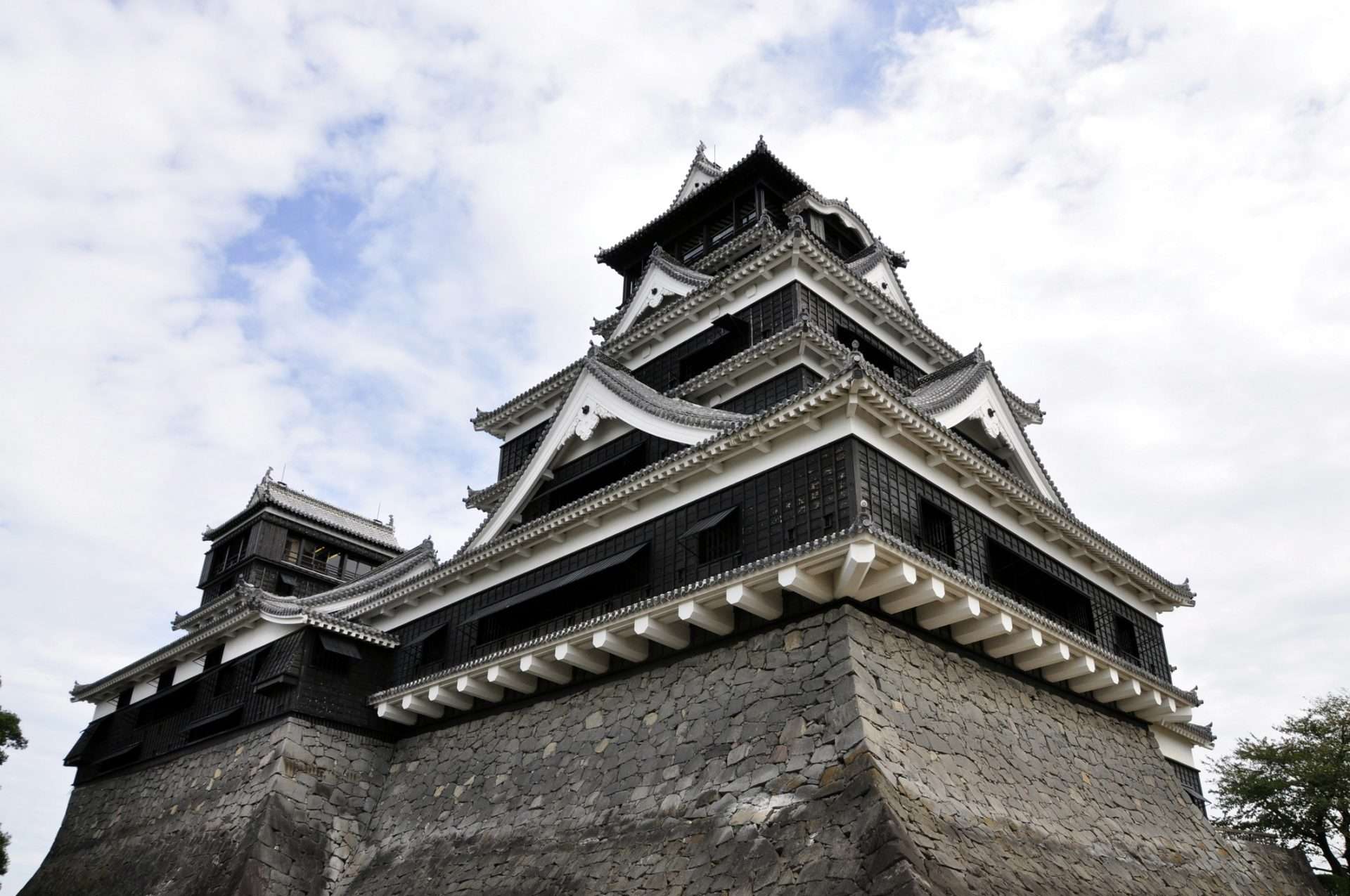During the 1800s, Japan was faced with a major crisis. The feudal society had to contend with the collapse of the Tokugawa Shogunate, a national government that had lasted 200 years. Suddenly, the paper issued from Edo were worthless and each domain had to create its own scrip. These local banknotes, known as hansatsu, was initially backed by gold or silver, but could also be future contracts predicated on the rice harvest. You might think that this was a big step, but it really wasn’t. There were enough issues with the military authority’s money that scrip had been part of the Japanese economy throughout that whole period.
The rest of the world had its economic rough patches as well, and non-fiat money was always an option to move past them. America’s Panic of 1837 (and 1838, and 1839, and …) was caused by President Andrew Jackson’s declaration that only gold and silver coins could be exchanged as legal tender. Of course, there were never enough of these and the economy faced a deep recessionary period remembered as Hard Times. Privately struck copper pennies of the time are now collector’s items known as Hard Times tokens.
Whenever people are forced together in a closed environment, an economy will break out. That’s why makeshift currencies have appeared everywhere from the Siege of Khartoum to prisoner-of-war camps to the cigarette-based exchange medium of penitentiaries.
If you read the USP white paper, you’ll learn a little about the Rentenmark, the non-fiat money that bailed out Germany from its hyperinflationary mess in the 1920s. (I’ll talk more about that in a future blog post.)
Your turn.
So what should we do now that we’re empowered to create your own money?
In the days after the internet was widely adopted but before blockchain technology developed, one University of Iowa team created a currency that would help epidemiologists track flu outbreaks. It didn’t go anywhere, but maybe now’s the time to try again.
There must be a dozen NFT minting sites benefiting Ukraine’s defense forces and supporting its economy in the face of Russian aggression. Any crypto being used for remittance from wealthy countries to less economically developed ones is essentially being used to get around middlemen, warlords and corrupt officials in order to transfer value directly to those in need. In short, there is no shortage of good that can be done when we are each empowered to take ownership of our own capital.
At USP, we leave it to you to decide how you would spend, save or donate our coins once they have proven their value to you. Our mission will be to use this new tool as a mechanism to provide space for people to live, work, relax and find new ways of improving all our lives.
U.S. Property Coin (USP), a project of real estate development and management firm Primior, anticipated to be the first Securities and Exchange Commission-regulated, asset-backed security token drawing underlying value from real estate, providing investors a complete, transparent, stable and highly liquid digital asset that has the potential to appreciate over time and deliver yield by default.















